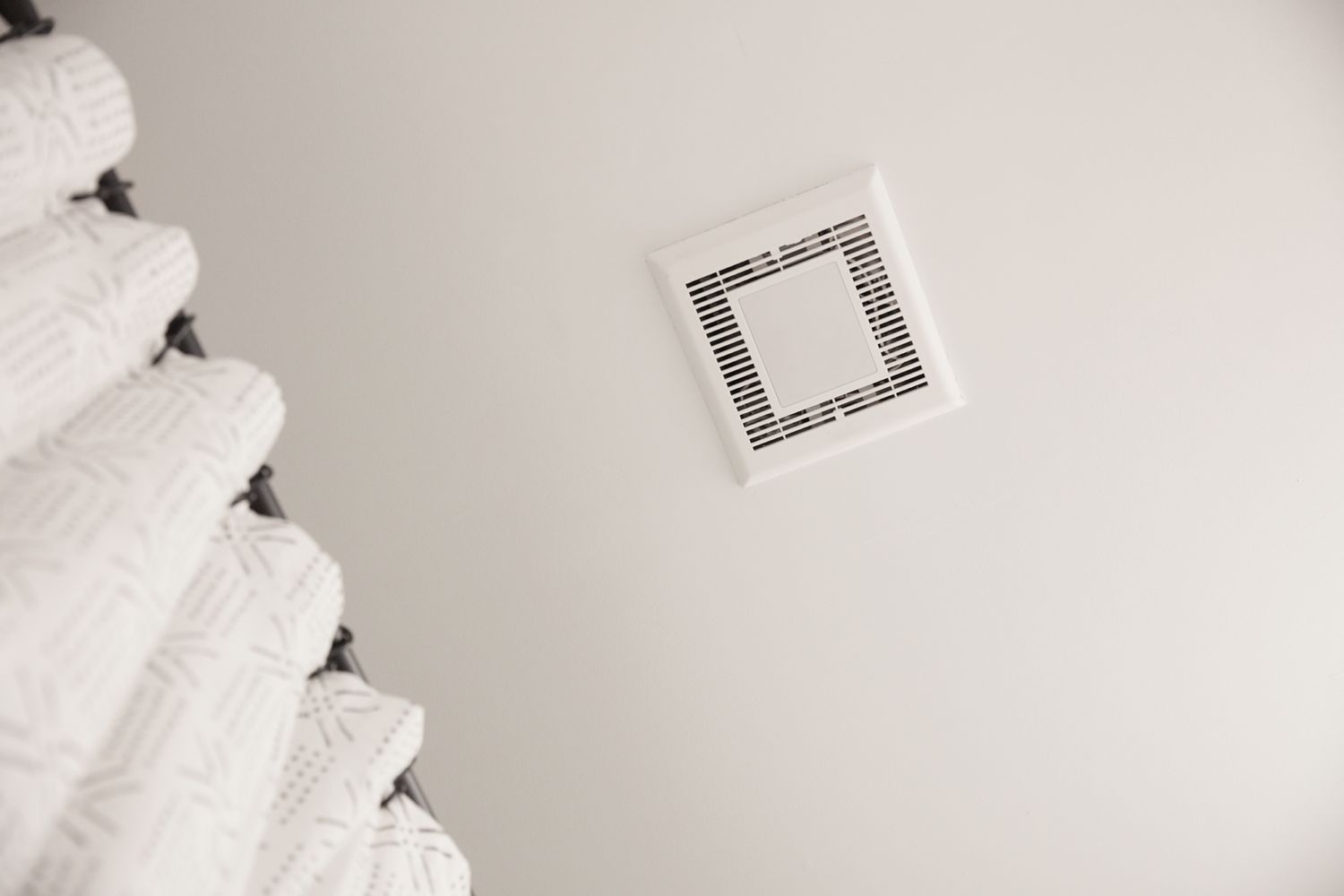

Articles
How Many CFM for Bathroom Fan
Modified: October 18, 2024
Learn about the importance of proper ventilation in bathrooms and discover the recommended CFM (cubic feet per minute) for bathroom fans. Read informative articles on this topic for helpful insights and advice.
(Many of the links in this article redirect to a specific reviewed product. Your purchase of these products through affiliate links helps to generate commission for Storables.com, at no extra cost. Learn more)
Introduction
Proper ventilation is essential for any bathroom to maintain a healthy and comfortable environment. A bathroom fan plays a crucial role in removing excess moisture, odors, and pollutants, ensuring good air quality and preventing issues like mold and mildew growth.
However, determining the right CFM (Cubic Feet per Minute) for your bathroom fan can be a bit challenging. CFM refers to the amount of air that your fan can move in one minute. It is crucial to select the correct CFM rating to effectively ventilate your bathroom without over or under ventilating.
In this article, we will explore the importance of proper ventilation in bathrooms and discuss the factors to consider when determining the ideal CFM for your bathroom fan. Understanding these key factors will help you make an informed decision and ensure optimal ventilation in your bathroom.
Key Takeaways:
- Proper ventilation in bathrooms is crucial for maintaining a healthy and comfortable environment. Calculating the correct CFM for your bathroom fan is essential to effectively remove moisture, control humidity, and eliminate odors.
- Factors such as bathroom size, humidity levels, and the number of occupants influence the required CFM rating for your bathroom fan. Understanding these factors is key to achieving optimal airflow and moisture control in your bathroom.
Read more: How To Calculate CFM Of An Exhaust Fan
Importance of Proper Ventilation in Bathrooms
Proper ventilation is essential in bathrooms to maintain a clean, healthy, and comfortable environment. Here are a few reasons why ventilation is crucial:
- Moisture Control: Bathrooms are prone to high humidity levels due to activities like showering and bathing. Without proper ventilation, excess moisture can accumulate, leading to condensation on walls, mirrors, and surfaces. This can result in the growth of mold, mildew, and bacteria, causing unpleasant odors and potential health issues.
- Odor Removal: Bathrooms can quickly become a breeding ground for unpleasant odors. Ventilation helps to remove these odors, preventing them from lingering in the air and spreading throughout your home.
- Air Quality: Bathrooms can contain various pollutants, including volatile organic compounds (VOCs) released from cleaning products, formaldehyde from personal care items, and allergens like pollen and dust. Ventilation helps to remove these pollutants, improving air quality and reducing the risk of respiratory problems.
- Comfort: Proper ventilation can help regulate temperature and humidity levels in your bathroom, creating a more comfortable space for you and your family. It can prevent the bathroom from becoming excessively hot and steamy, especially during hot showers.
Inadequate ventilation can lead to a range of problems, including peeling wallpaper, warped wood, paint damage, and deteriorating fixtures. It can also contribute to the deterioration of your bathroom’s structural integrity over time.
By ensuring proper ventilation, you promote not only a healthy and comfortable environment but also protect your investment in your bathroom’s aesthetics and functionality.
Factors to Consider when Determining CFM for Bathroom Fan
When determining the CFM for your bathroom fan, several factors need to be taken into consideration to ensure optimal ventilation. These factors include:
- Bathroom Size and Volume: The size of your bathroom plays a significant role in determining the CFM requirement for your fan. Larger bathrooms will require a higher CFM to effectively remove moisture and odors. Additionally, consider the volume of the space, including the height of the ceiling, as this will impact air circulation.
- Humidity Level: The humidity level in your bathroom is another essential factor to consider. Bathrooms with higher humidity levels, such as those with multiple occupants or those without windows, will often require a higher CFM to effectively remove excess moisture and prevent condensation.
- Number of Occupants: The number of people using the bathroom regularly can influence the CFM requirement. Bathrooms used by more occupants will generate increased moisture and odors, necessitating a higher CFM rating to adequately ventilate the space.
- Types of Bathroom Fan: Different types of bathroom fans have varying CFM ratings. Ceiling-mounted fans, wall-mounted fans, and inline fans each have their own CFM range. Consider the size and layout of your bathroom when selecting the appropriate fan type and corresponding CFM rating.
- Additional Features: Some bathroom fans come with additional features like timers, humidity sensors, and variable speed options. These features can affect the CFM requirement based on your specific needs and preferences.
It’s important to note that these factors may vary depending on individual circumstances. For example, a bathroom with a shower but no bathtub may require a lower CFM compared to a bathroom with both shower and bathtub. Similarly, bathrooms located on upper floors of a building may require higher CFM ratings to compensate for limited natural ventilation.
Considering these factors will help you determine the appropriate CFM rating for your bathroom fan, ensuring effective ventilation and maintaining a comfortable and healthy environment in your bathroom.
Bathroom Size and Volume
The size and volume of your bathroom are essential factors to consider when determining the CFM (Cubic Feet per Minute) requirement for your bathroom fan. These factors directly impact the effectiveness of the ventilation system in maintaining a clean and comfortable environment. Let’s explore why bathroom size and volume matter:
Bathroom Size: The size of your bathroom is a key consideration when calculating the CFM requirement for your fan. A larger bathroom will generally require a higher CFM rating to effectively move and replace the air. This is because larger bathrooms have more air volume that needs to be refreshed and are likely to produce higher levels of moisture and odors. On the other hand, smaller bathrooms may require a lower CFM rating.
Bathroom Volume: The volume of your bathroom refers to the available airspace within the room. It takes into account the height of the ceiling as well as the length and width of the space. Bathrooms with higher ceilings will have more air volume, requiring a fan with a higher CFM rating to adequately circulate the air and remove moisture and odors. Similarly, bathrooms with lower ceilings or confined spaces may require a lower CFM rating.
It’s important to note that other factors, such as the presence of windows or vents, can influence the overall air circulation in your bathroom. If your bathroom has a window, it can provide additional ventilation by allowing fresh air to enter and stale air to escape. In such cases, the CFM requirement may be adjusted accordingly.
Calculating the exact CFM requirement for your bathroom can be done by considering the size and volume of the space in relation to the recommended air changes per hour (ACH). The ACH indicates the number of times the air in the bathroom should be replaced per hour to maintain optimal air quality. For most standard bathrooms, a minimum of 8 ACH is recommended.
To determine the CFM rating, you can multiply the volume of your bathroom (in cubic feet) by the desired ACH and divide the result by 60 (minutes). The formula is as follows:
CFM = (Bathroom Volume x ACH) / 60
By understanding the size and volume of your bathroom, you can calculate the appropriate CFM requirement for your bathroom fan. This ensures effective ventilation, proper air circulation, and a comfortable environment for all occupants.
Humidity Level
When determining the CFM (Cubic Feet per Minute) requirement for your bathroom fan, the humidity level in your bathroom is an important factor to consider. Bathrooms are often humid spaces due to activities such as showering, bathing, and handwashing. Excess humidity can lead to issues like condensation, mold growth, and unpleasant odors. Let’s explore why humidity level matters and how it impacts the CFM requirement:
Excess Moisture: Bathrooms that experience high humidity levels can result in excess moisture accumulation. This moisture can lead to condensation on surfaces such as walls, mirrors, and windows. Over time, condensation can cause damage to paint, wallpaper, and even the structure of the bathroom. It can also create a favorable environment for the growth of mold, mildew, and bacteria. These issues not only affect the appearance of the bathroom but also pose potential health risks.
Odor Control: High humidity levels can also contribute to unpleasant and persistent odors in the bathroom. The moisture in the air can trap and amplify odors from various sources, including personal care products, cleaning agents, and waste. Proper ventilation helps to remove these odors and prevent them from lingering in the bathroom.
The humidity level in your bathroom can be influenced by several factors, including the number of occupants, shower duration, and the presence or absence of windows. Bathrooms without windows or inadequate natural ventilation are more prone to high humidity. This is where a bathroom fan with an appropriate CFM rating comes into play.
An effective bathroom fan should have a high enough CFM rating to quickly remove excess moisture from the air and maintain a controlled humidity level. The CFM requirement may vary depending on the specific needs of your bathroom. Bathrooms with higher humidity levels or those without windows may require a higher CFM rating.
It’s important to note that the CFM requirement for your bathroom fan should be able to handle the peak levels of humidity during and after showering or bathing. This ensures that the fan can effectively remove the excess moisture, preventing condensation and related issues. A bathroom with good ventilation and controlled humidity not only promotes a healthier environment but also helps to maintain the structural integrity of the space.
Considering the humidity level in your bathroom and selecting an appropriate CFM rating for your fan will ensure efficient moisture control, minimize odors, and create a more comfortable and pleasant bathroom environment.
The recommended CFM (cubic feet per minute) for a bathroom fan is based on the size of the bathroom. As a general guideline, aim for 1 CFM per square foot of bathroom space. For example, a 50 square foot bathroom would need a fan with at least 50 CFM.
Read more: How Many Lumens For A Bathroom Vanity
Number of Occupants
When determining the CFM (Cubic Feet per Minute) requirement for your bathroom fan, it’s essential to consider the number of occupants using the bathroom regularly. The number of people using the bathroom can have a significant impact on the moisture and odor levels generated in the space. Let’s explore why the number of occupants matters and how it influences the CFM requirement:
Moisture Generation: The more people using the bathroom, the higher the level of moisture generated. Activities such as showering, bathing, and handwashing contribute to the release of moisture into the air. More occupants mean more frequent use of these activities, resulting in increased humidity levels. If the bathroom is shared by multiple individuals or serves as a family bathroom, it’s essential to have proper ventilation to handle the increased moisture load.
Odor Production: Increased occupancy also means a higher likelihood of odors in the bathroom. Personal care products, toilet usage, and other activities can contribute to unpleasant odors. Adequate ventilation is necessary to remove these odors promptly, ensuring a fresh and comfortable environment for everyone.
In addition to the number of occupants, consider their habits and routines when determining the CFM rating for your bathroom fan. For example, if multiple individuals tend to use the bathroom simultaneously, the fan should be capable of handling the increased moisture and odor production during busy periods. Similarly, if the bathroom is primarily used by one person, a lower CFM rating may suffice.
It’s important to strike a balance when selecting the CFM rating for your bathroom fan. While it should be able to handle the moisture load generated by multiple occupants, it shouldn’t be excessively high, as it may lead to unnecessary noise or energy consumption. The minimum recommendation is to have one CFM per square foot of bathroom area, with additional CFM for each occupant.
If you’re unsure about the appropriate CFM rating for your bathroom fan based on occupancy, it’s advisable to consult with an expert or refer to product specifications that consider the number of users. This will help ensure that your bathroom ventilation system effectively manages moisture and odor control, creating a clean and comfortable environment for all occupants.
Types of Bathroom Fans
When it comes to selecting a bathroom fan, it’s important to consider the different types available. Each type has its own advantages and considerations, including varying CFM (Cubic Feet per Minute) ratings. Here are the most common types of bathroom fans:
1. Ceiling-mounted fans: Ceiling-mounted fans are the most common type of bathroom fans. They are installed directly on the ceiling and vent the air outside through a duct. These fans come in various styles and sizes, offering a range of CFM ratings to accommodate different bathroom sizes. Ceiling-mounted fans can effectively circulate and remove air, reducing moisture and odors in the bathroom.
2. Wall-mounted fans: Wall-mounted fans are an alternative to ceiling-mounted fans, especially in situations where ceiling installation is not feasible. These fans are mounted on the wall, usually near the ceiling, and vent the air outside through a duct. Wall-mounted fans have similar functionality to ceiling-mounted fans and are available in different CFM ratings to suit various bathroom sizes.
3. Inline fans: Inline fans are installed in the ductwork, typically in the attic or crawl space, rather than directly in the bathroom. They are connected to the bathroom through ducts and can be an effective solution for bathrooms with limited space or for those that require a higher CFM rating. Inline fans are generally more powerful and quieter compared to ceiling-mounted or wall-mounted fans.
4. Combination fans with light or heater: Combination fans incorporate additional features, such as a built-in light or heater, along with the fan. These fans offer added functionality and convenience, especially in bathrooms where extra lighting or warmth is desired. Combination fans are available in different CFM ratings to suit various bathroom sizes and needs.
When selecting a bathroom fan, consider the specific requirements of your bathroom, including the size, layout, and installation options. Additionally, take into account the CFM rating recommended for your bathroom size and other factors, such as humidity level and the number of occupants. It’s important to strike a balance between the CFM rating and the noise level of the fan to ensure proper ventilation without excessive noise disturbance.
Before purchasing a bathroom fan, carefully review the product specifications to determine if it meets your specific needs. Consider consulting with a professional or an expert in ventilation systems to ensure you select the right type and CFM rating for your bathroom.
Remember, choosing the appropriate type of bathroom fan with the correct CFM rating is crucial for maintaining proper ventilation and a comfortable environment in your bathroom.
Calculating CFM Requirements based on Bathroom Size and Factors
Calculating the CFM (Cubic Feet per Minute) requirements for your bathroom fan is essential to ensure optimal ventilation. By considering the size of your bathroom and other relevant factors, you can determine the appropriate CFM rating for your fan. Here are the steps to calculate the CFM requirements for your bathroom:
1. Measure the bathroom size: Start by measuring the length, width, and height of your bathroom. Multiply these dimensions to calculate the total cubic footage of the space. For example, if your bathroom is 8 feet long, 6 feet wide, and 9 feet high, the total cubic footage would be 432 cubic feet (8 x 6 x 9 = 432).
2. Consider the recommended air changes per hour (ACH): The ACH indicates how many times you want the air in your bathroom to be replaced with fresh air per hour. For most standard bathrooms, a minimum of 8 ACH is recommended to maintain adequate ventilation and air quality.
3. Calculate the required CFM: To calculate the CFM requirement, multiply the total cubic footage of your bathroom by the ACH, and then divide the result by 60 (minutes). The formula is as follows:
CFM = (Total Cubic Footage x ACH) / 60
For example, if your bathroom has a total cubic footage of 432 and you want 8 air changes per hour, the CFM requirement would be calculated as follows:
CFM = (432 x 8) / 60 = 57.6 CFM
In this example, you would need a bathroom fan with a CFM rating of at least 57.6 to achieve the desired air changes per hour.
4. Consider additional factors: Alongside bathroom size, factors such as humidity level and the number of occupants can influence the final CFM requirement. If your bathroom experiences higher humidity levels or has multiple occupants, you may need to increase the CFM rating accordingly.
It’s also worth noting that the CFM rating is an approximate guideline and not an exact science. Depending on your preferences and specific circumstances, you may choose to round up to the nearest available CFM rating or opt for a slightly higher CFM for added ventilation power.
Keep in mind that this calculation method provides a baseline for determining the CFM requirements for your bathroom fan. Proper ventilation is crucial for maintaining a clean and comfortable environment, so it’s recommended to consult with a professional or refer to product specifications to ensure you select a fan with the appropriate CFM rating for your specific needs.
By calculating the CFM requirements based on your bathroom size and considering other relevant factors, you can ensure effective ventilation and enjoy a fresh and pleasant bathroom experience.
Steps to Determine CFM Needs for Your Bathroom
Determining the CFM (Cubic Feet per Minute) needs for your bathroom is an important step in ensuring effective ventilation. By following these steps, you can calculate the appropriate CFM requirements for your bathroom:
1. Measure the size of your bathroom: Start by measuring the length, width, and height of your bathroom. Multiply these dimensions to calculate the total cubic footage of the space. This measurement will serve as the baseline for determining the CFM needs of your fan.
2. Determine the recommended air changes per hour (ACH): The recommended ACH depends on factors such as the occupancy of the bathroom, the level of humidity, and the desired level of ventilation. A minimum of 8 ACH is generally recommended for most standard bathrooms to maintain adequate air quality. However, consider adjusting this value based on specific circumstances, such as a higher occupancy or increased humidity levels.
3. Calculate the required CFM: Use the following formula to calculate the CFM needed for your bathroom:
CFM = (Total Cubic Footage x ACH) / 60
Multiply the total cubic footage of your bathroom by the ACH, and then divide the result by 60 (minutes) to determine the required CFM. For example, if your bathroom has a total cubic footage of 600, and you want 8 air changes per hour, the CFM requirement would be:
CFM = (600 x 8) / 60 = 80 CFM
So, in this example, you would need a bathroom fan with a CFM rating of at least 80 to achieve the desired air changes per hour.
4. Consider additional factors: Take into account other factors that may affect the CFM needs of your bathroom. Factors such as high humidity levels, a larger number of occupants, or the absence of windows can influence the required CFM rating. Adjust the CFM requirement accordingly to ensure adequate ventilation.
5. Research and select an appropriate bathroom fan: Research different bathroom fan options that offer CFM ratings that align with your calculated requirements. Consider factors such as noise levels, energy efficiency, and additional features like humidity sensors or timers. Ensure the selected fan meets or exceeds the required CFM rating for optimal ventilation.
6. Professional consultation: If you are uncertain about the CFM needs of your bathroom or find the calculations challenging, it is advisable to seek professional advice. A ventilation expert can assess the specific requirements of your bathroom and provide recommendations based on their expertise.
By following these steps, you can accurately determine the CFM needs for your bathroom, helping you select the right fan to effectively ventilate the space. Remember, proper ventilation is essential for maintaining a healthy and comfortable bathroom environment.
Read more: How To Replace Bathroom Fan With Light
Conclusion
Proper ventilation in your bathroom is crucial for maintaining a clean, healthy, and comfortable environment. Determining the CFM (Cubic Feet per Minute) requirements for your bathroom fan plays a key role in achieving effective ventilation. By considering factors such as bathroom size, humidity levels, the number of occupants, and other relevant considerations, you can ensure optimal airflow and moisture control in your bathroom.
Remember, a bathroom fan with the correct CFM rating helps to remove excess moisture, control humidity levels, eliminate odors, and prevent issues like mold and mildew growth. It also promotes better air quality and enhances overall comfort in the space.
When calculating the CFM needs for your bathroom, measure the size and volume of the space, consider the recommended air changes per hour (ACH), and factor in other considerations such as humidity levels and the number of occupants. Use the CFM formula to calculate the required rating, ensuring that it aligns with the ventilation needs of your specific bathroom.
Additionally, it’s important to consider the different types of bathroom fans available, such as ceiling-mounted fans, wall-mounted fans, inline fans, and combination fans with additional features like lights or heaters. Each type has its own advantages and considerations, so choose the one that best suits your bathroom’s layout and requirements.
By following the steps outlined in this article and carefully selecting a bathroom fan with the appropriate CFM rating, you can ensure efficient ventilation, minimize moisture-related issues, and create a comfortable and enjoyable atmosphere in your bathroom.
Remember to consult with professionals or refer to product specifications if you have any uncertainties or specific requirements. Proper ventilation not only enhances your bathroom experience but also contributes to the overall well-being of your home.
Frequently Asked Questions about How Many CFM For Bathroom Fan
Was this page helpful?
At Storables.com, we guarantee accurate and reliable information. Our content, validated by Expert Board Contributors, is crafted following stringent Editorial Policies. We're committed to providing you with well-researched, expert-backed insights for all your informational needs.
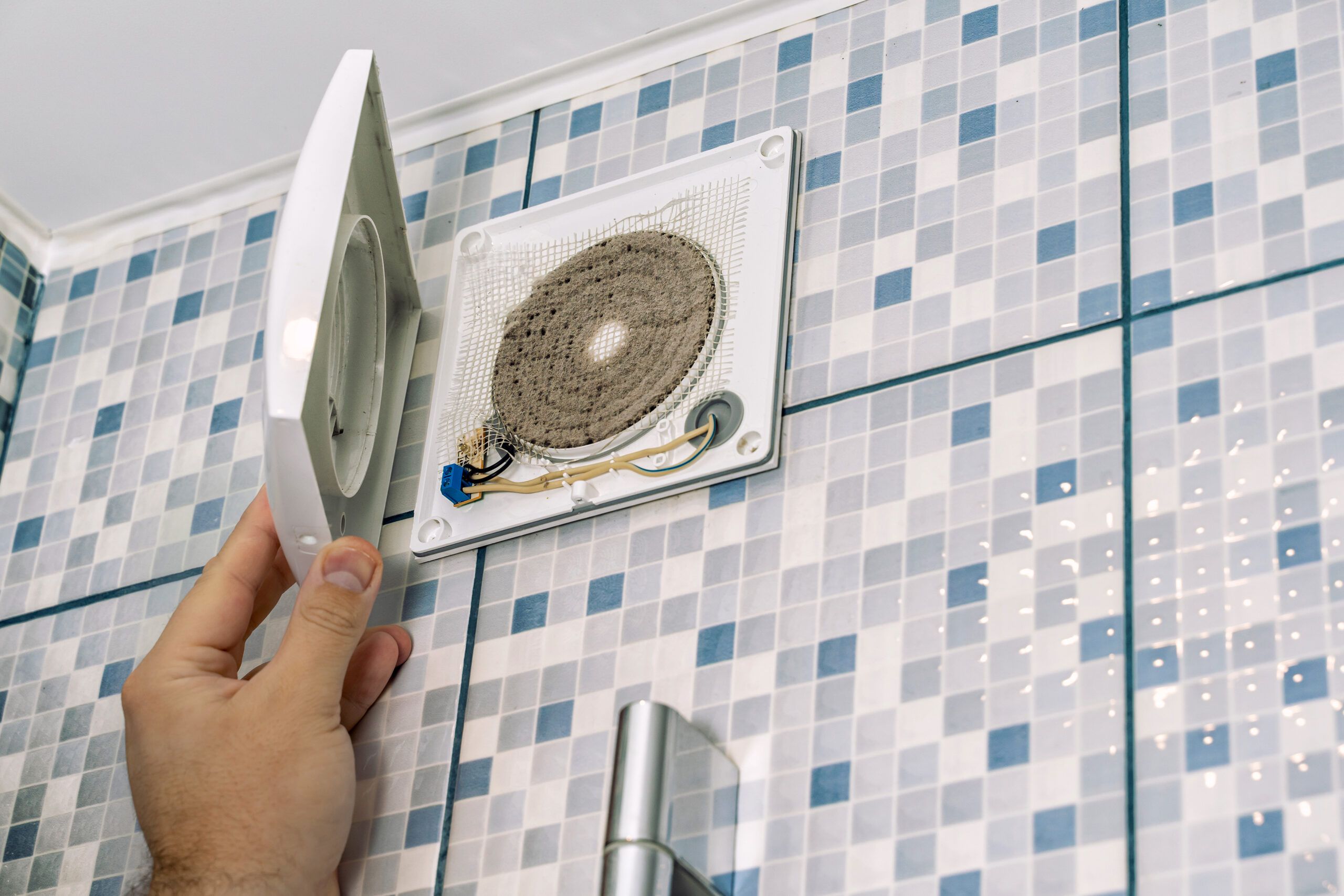
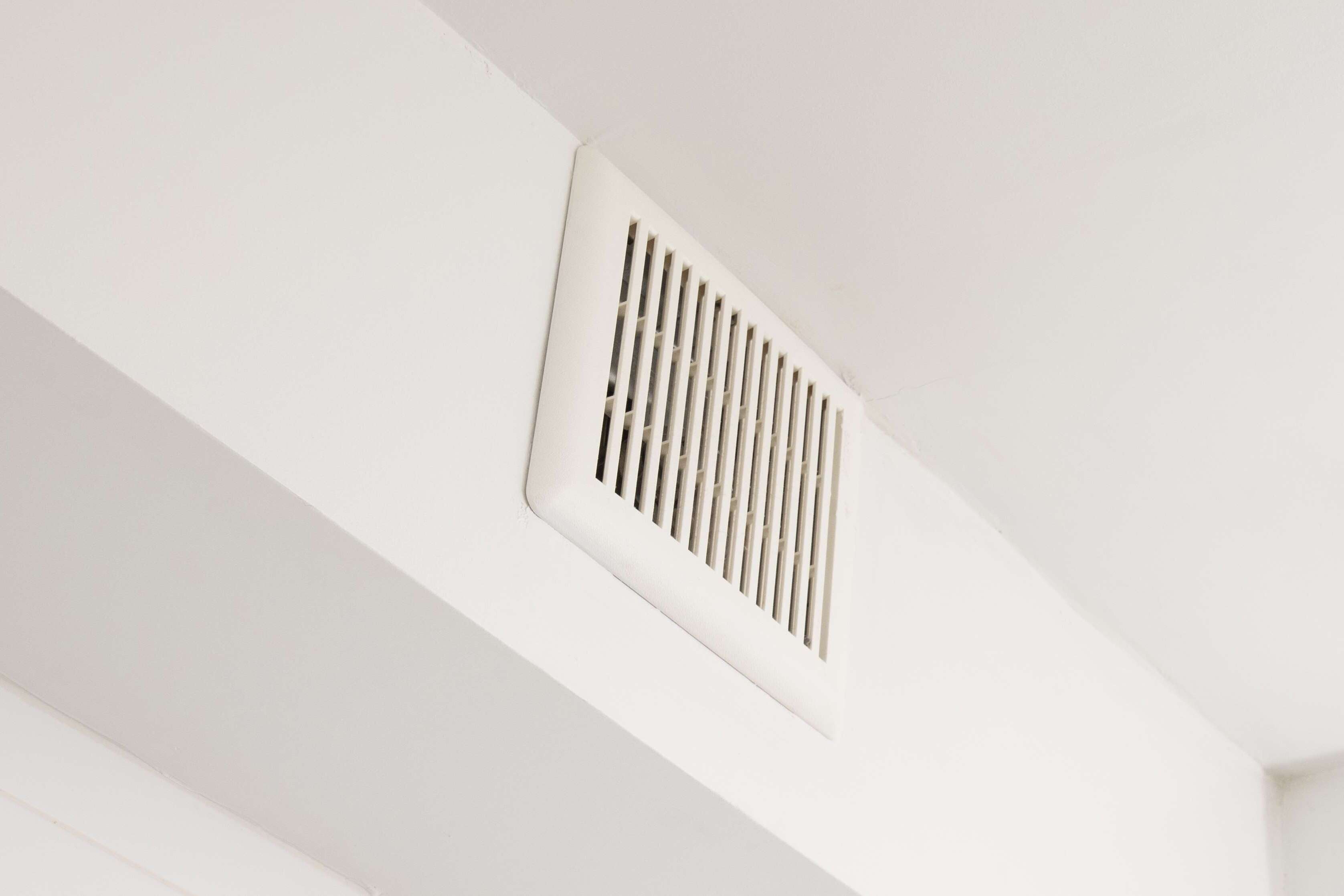
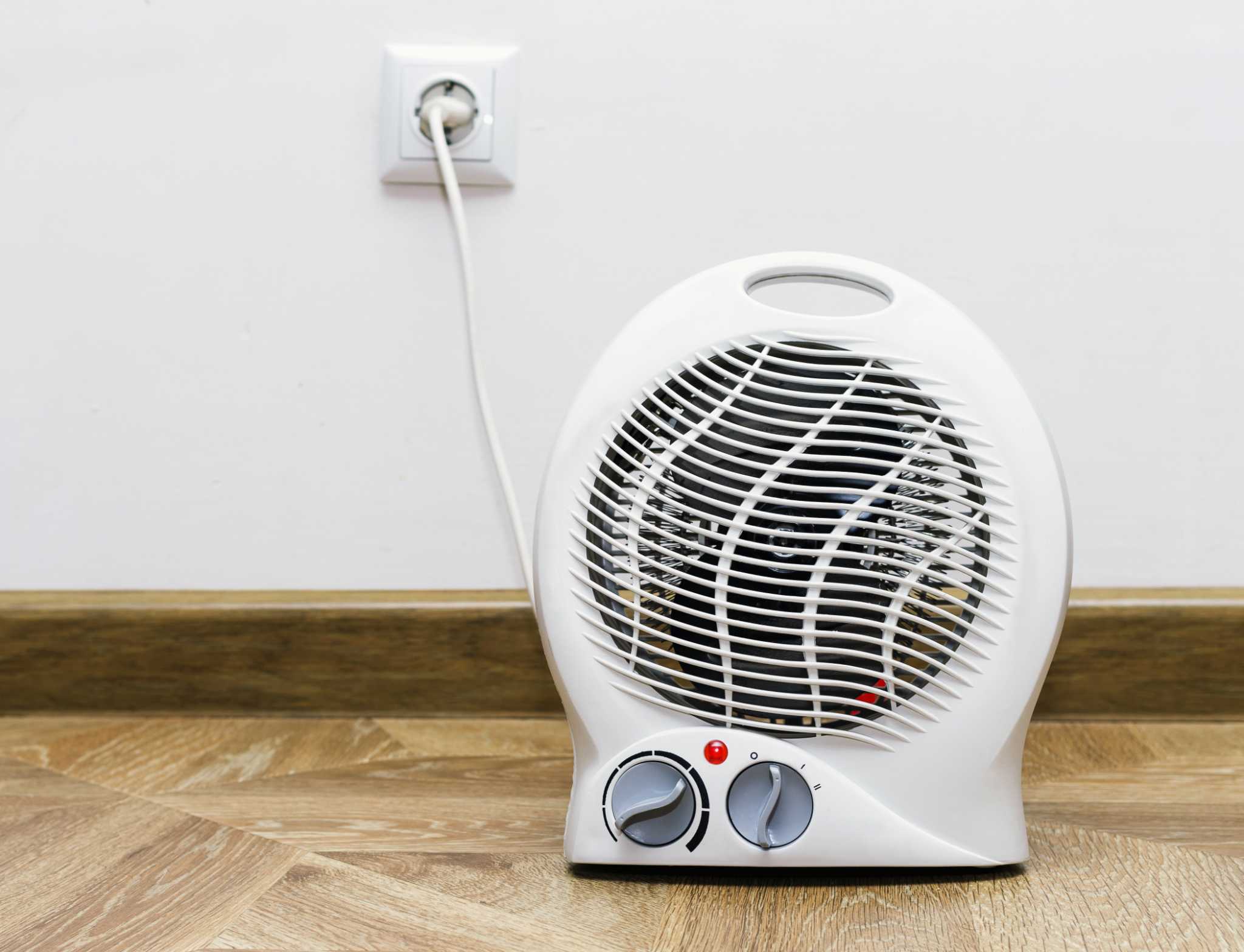


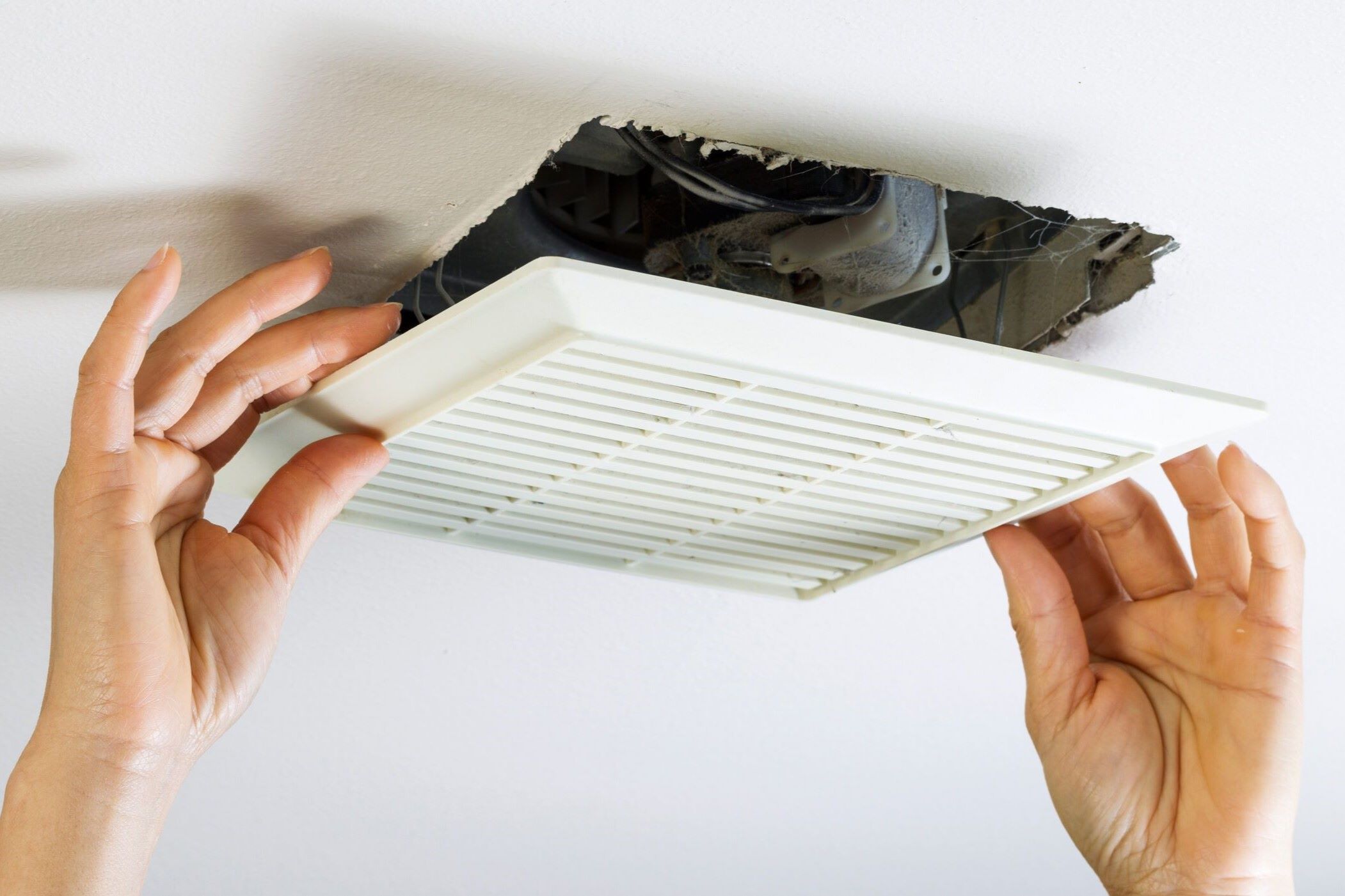

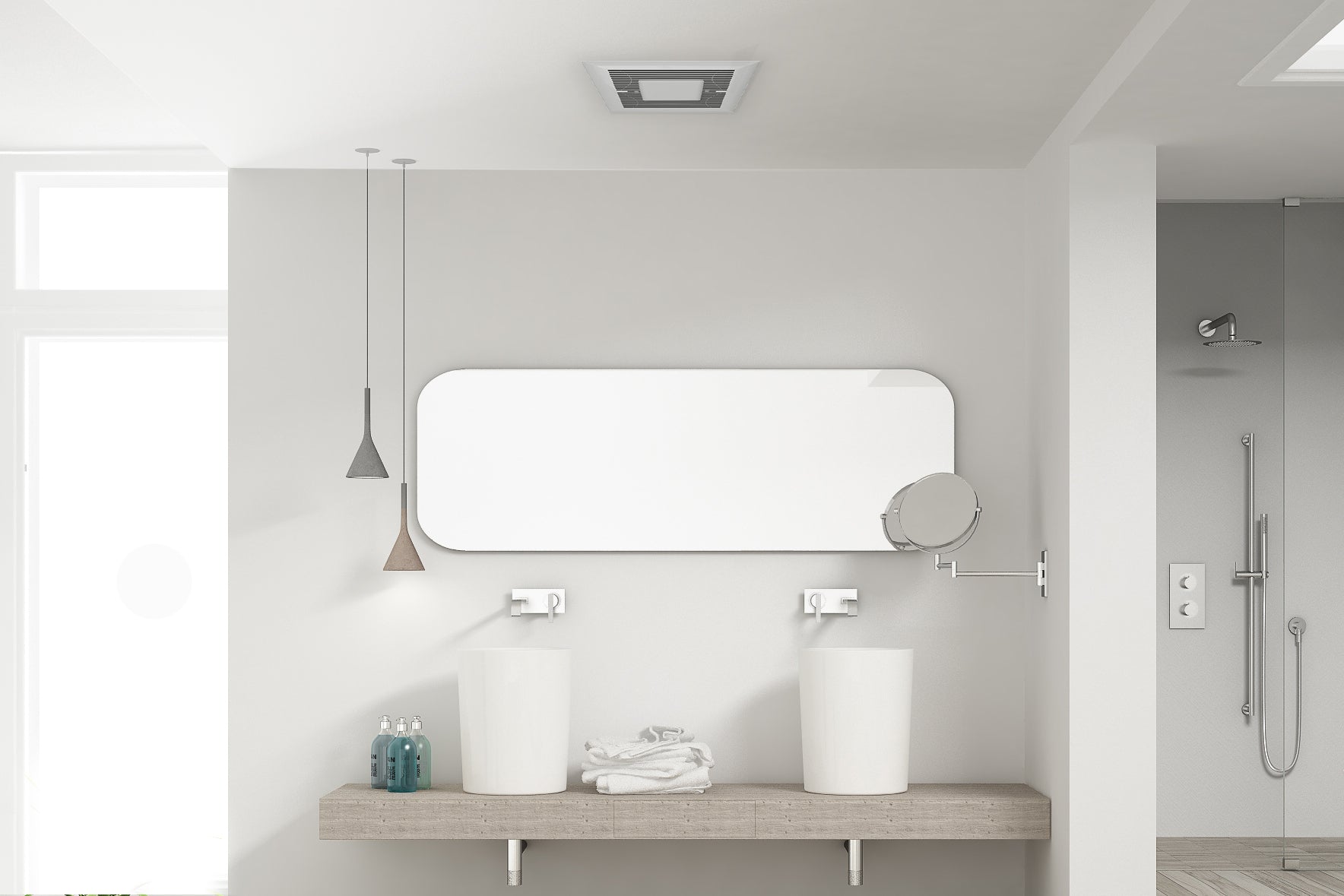

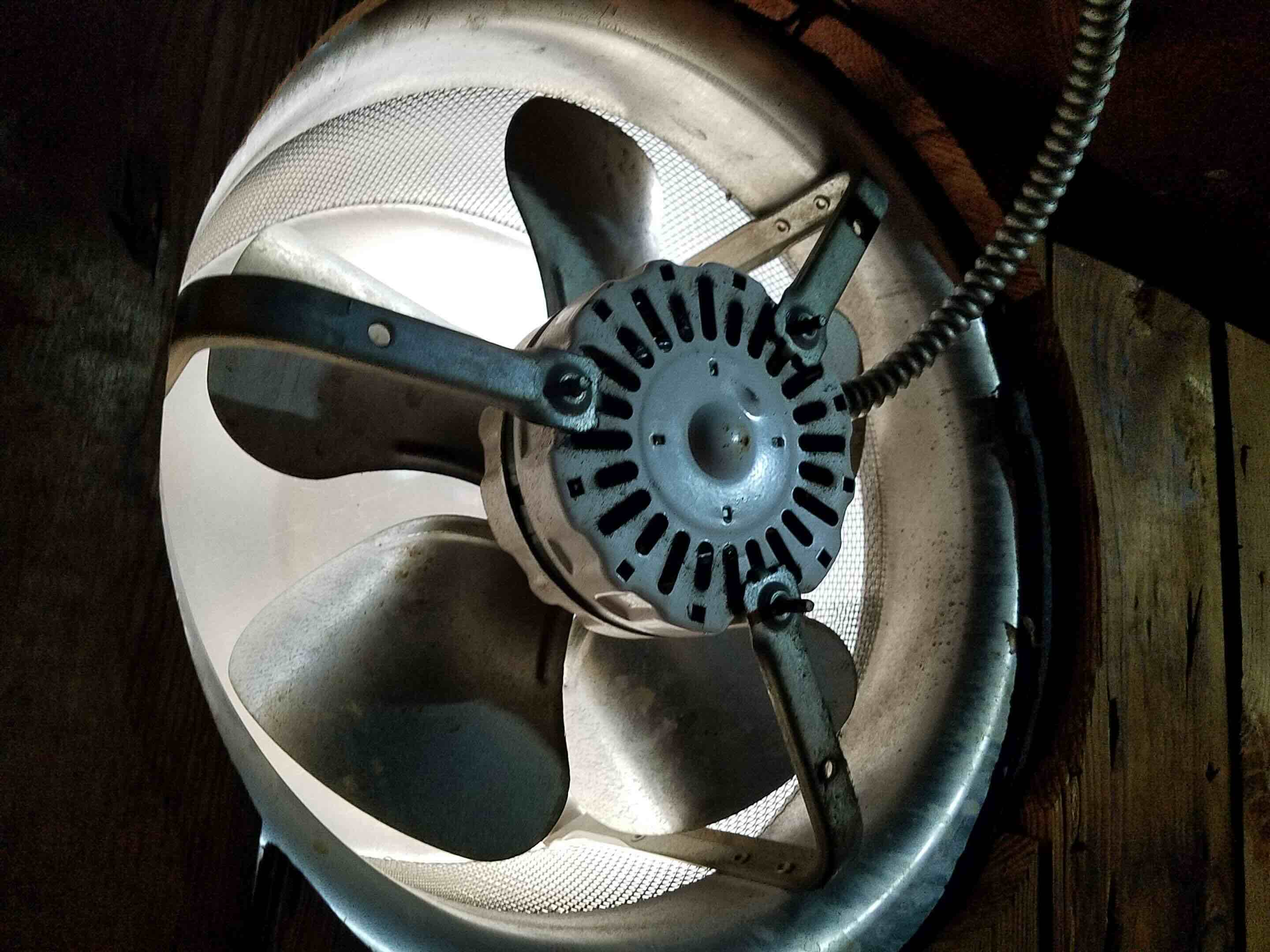

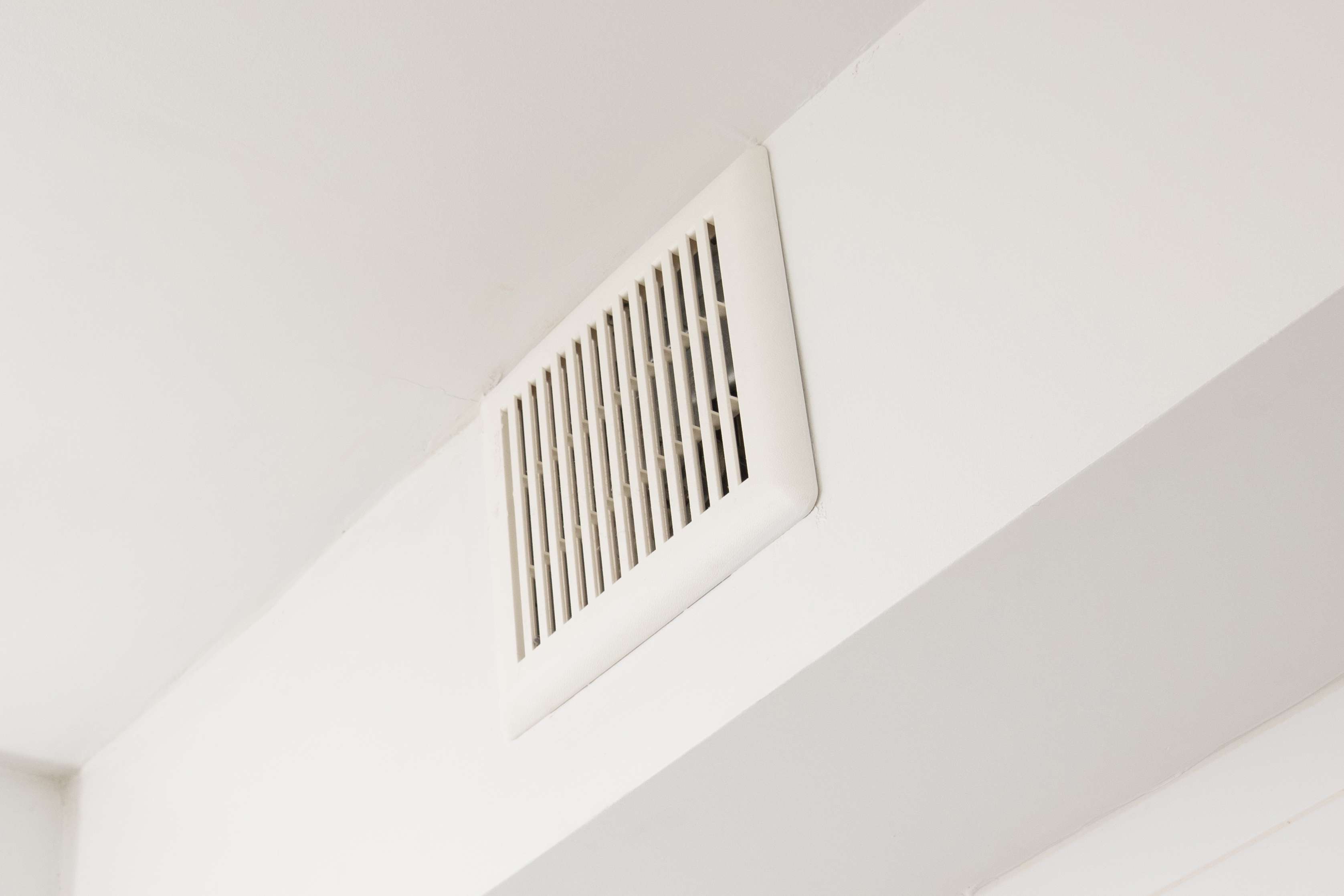
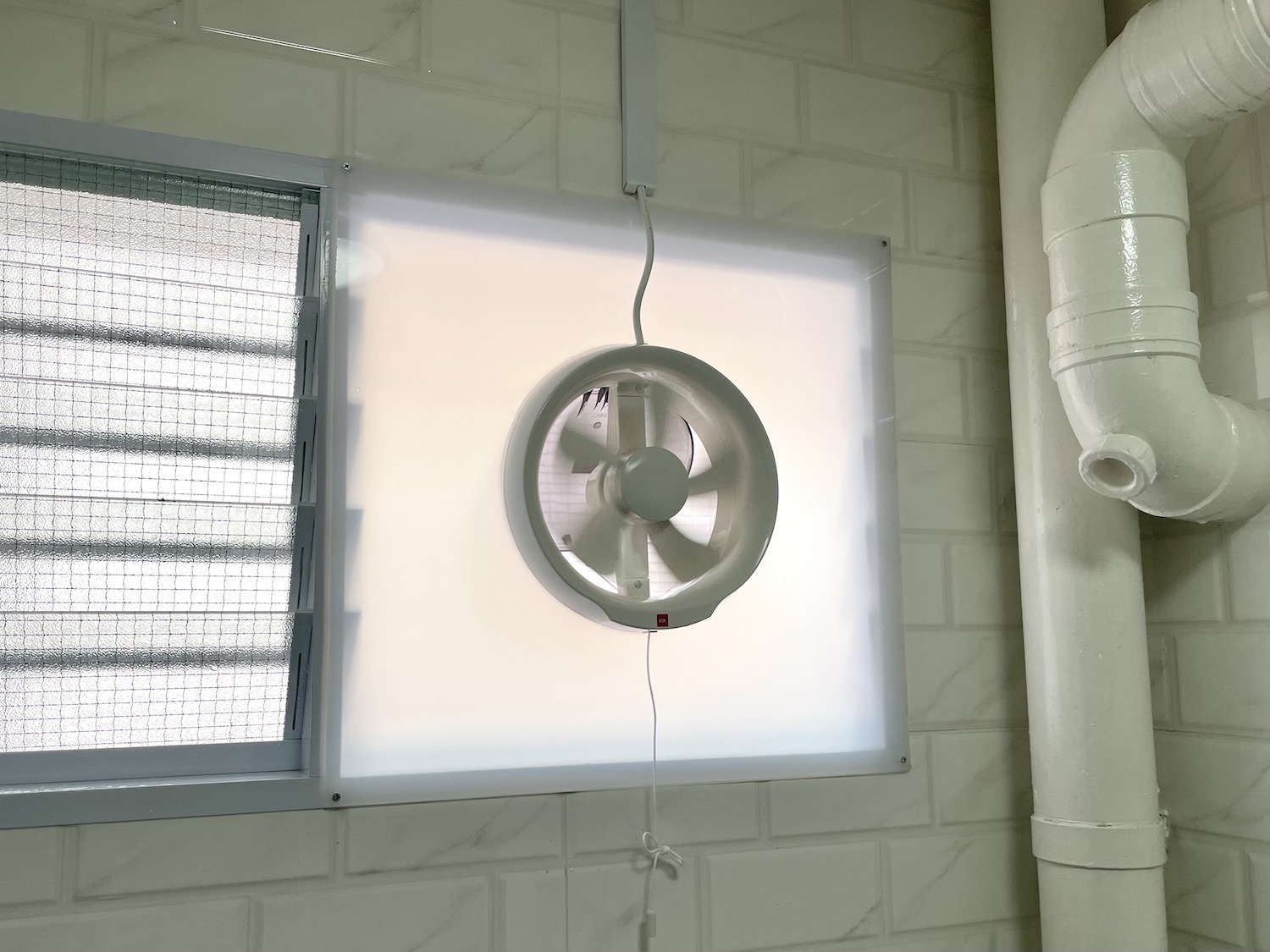

0 thoughts on “How Many CFM for Bathroom Fan”